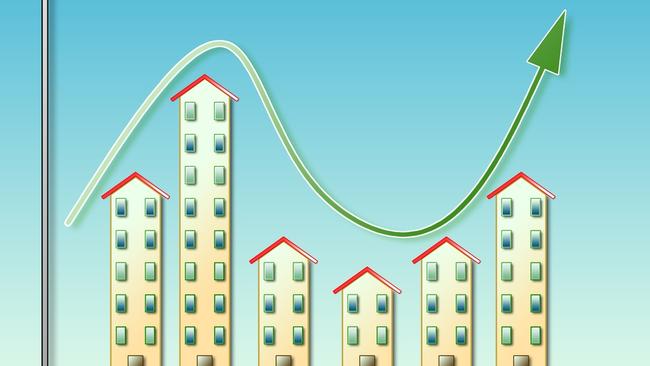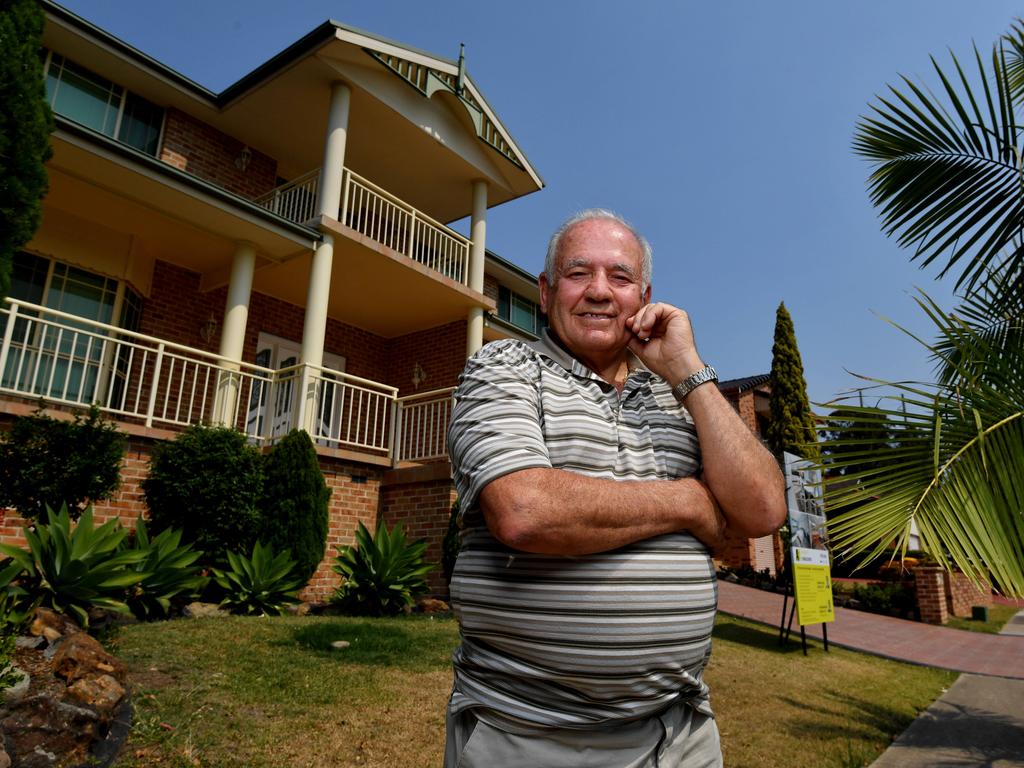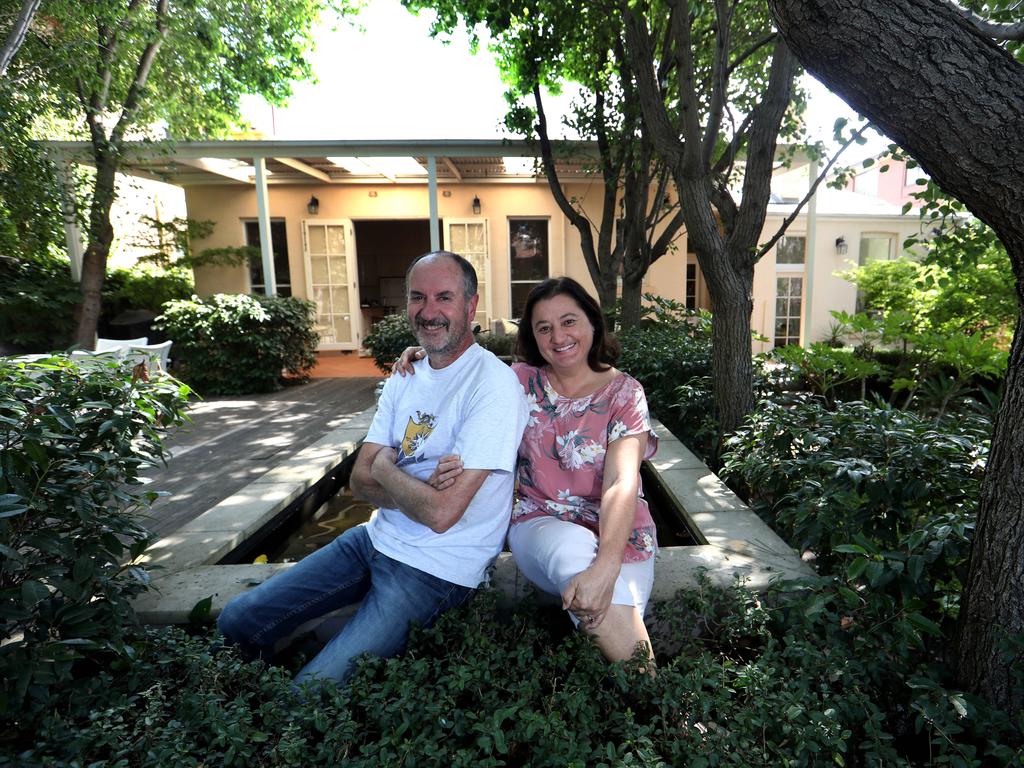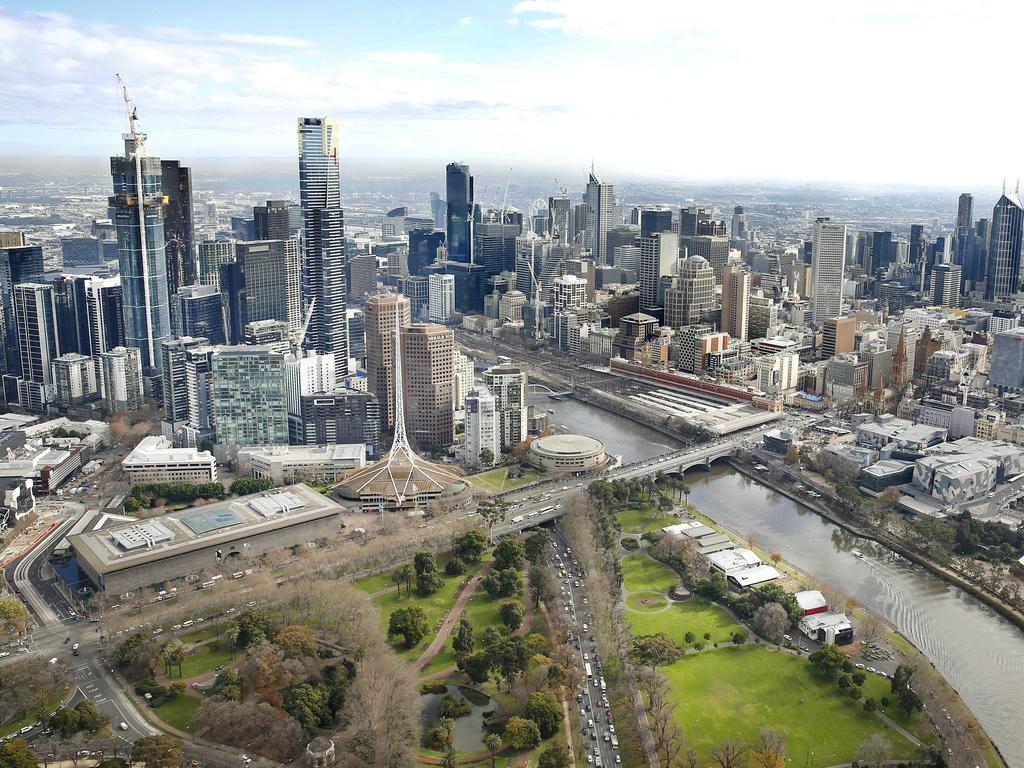Housing market posts best quarter in 10 years, but slowdown ahead: CoreLogic
The housing market has posted its best quarter of growth in 10 years but the rapid rise won’t continue, CoreLogic predicts.

Australia’s housing market has recorded its best quarter of growth in 10 years, with a four per cent jump in property prices to the end of December.
But while it was a year of records in Australia’s housing market through 2019, don’t expect such a fast rate of growth in 2020, says property researcher CoreLogic.
The caution came as new figures showed property prices rose four per cent nationally through the fourth quarter of 2019, in stark contrast to the same time last year, when the market was facing its weakest conditions in a decade.
CoreLogic said the quarterly gain was the fastest since November 2009, and was led by a 6.2 per cent rise for Sydney homes.
However, the 1.1 per cent rate of growth during December was the weakest month of the quarter, following rises of 1.2 per cent and 1.7 per cent in October and November respectively.
“This would suggest that the pace of capital gains may have been dampened by higher advertised stock levels or worsening affordability pressures through early summer,” CoreLogic head of research Tim Lawless said.
Like Sydney, homes in Melbourne had strong growth - their values climbed 6.1 per cent for the quarter.
Brisbane and Adelaide had gains of 2.4 per cent and 1.4 per cent respectively, while there were also increases for Hobart (3.4 per cent) and Canberra (2.3 per cent).
There were losses for Perth, down 0.1 per cent, and Darwin, down 1.4 per cent. Australian homes climbed 2.3 per cent in value in 2019, courtesy of a strong rebound in the second half of the year.
Sydney and Melbourne property prices each finished 2019 5.3 per cent higher overall, with a median of $840,000 and $666,883 respectively.
Mr Lawless said the last six months of 2019 were surprisingly strong. But he said half year growth in Sydney of 9.9 per cent and 9.6 per cent in Melbourne was not sustainable in the long term, and flagged a slowdown through 2020.
“At a time when incomes are hardly rising and affordability is already stretched, I think we'll probably find that perspective buyers who would like to be active are simply going to find it very difficult to access the markets they want to play in,” Mr Lawless said.
A moderation in the rate of price growth appears to have begun in December, as expected. Mr Lawless said that while 1.2 per cent growth across the combined capital cities was still significant, it was down from the exceptional 1.7 per cent growth the month prior.
Sydney prices were up 1.7 per cent through December, while Melbourne followed close behind at 1.4 per cent. The smaller markets of Brisbane and Adelaide grew at a slower pace of 0.7 per cent and 0.5 per cent respectively. Perth held steady.
“As we've said for quite a while, we wouldn't expect such a fast rate of growth to be sustained coming into 2020,” Mr Lawless said.
“It looks like potentially higher listing numbers coming through early summer and maybe some affordability constraints are starting to slow what has been a very rapid rebound so far.”
The median price across the capital cities now sits at $622,346. Regional Australia did not perform as well as the cities, down 0.5 per cent for the year to a median price of $380,657.
Melbourne’s inner east, which included the country’s biggest growth suburb of St Kilda, grew the most over the past 12 months, up 12.1 per cent annually. Sydney’s trendy inner west and suburban Baulkham Hills and Hawkesbury regions followed, each up 8.8 per cent annually.
Mr Lawless said one of the trends expected next year is the confidence spreading from premium suburbs into suburbia to create a more widespread recovery.
“As we move into a more mature cycle of the market, we'll probably start to see that middle and lower end of the marketplace start to show an improvement relative to the premium end of the market. Normally, what we see is that growth trend to ripple out into the more affordable areas as those higher end areas become more affordable,” he said.
Away from the nation’s two largest markets, Brisbane and Perth look to be the two cities to watch in 2020. The Sunshine State capital showed mild yet consistent growth throughout the second half of the year, up 2.4 per cent for the fourth quarter and 0.3 per cent for 2019 as a whole.
The best good news property story appears to have come out of Western Australia, with property experts agreeing the downturn appears to have come to an end. Despite yearly falls of 6.8 per cent, the last two months have showed neutral to positive growth which is likely to continue into this year.
“Potentially, we might start to see a change in dynamic coming into 2020,” Mr Lawless said.
“Some of the more affordable markets where economic and demographic conditions are improving like Brisbane and Perth, these could be markets to start to actually show a slightly stronger rate of growth in 2020.”
Hobart and Canberra defied the market trends and both reached the peak of their cycles through 2019, with growth up 3.9 per cent and 3.1 per cent respectively.
Adelaide held largely steady but was one of only three capitals to record a net loss for the year, down 0.2 per cent. Darwin’s downturn showed no significant signs of slowing, falling 9.7 per cent over the past 12 months.
Following the market bottoming out in June, first home buyers wholeheartedly jumped into the market which helped lead it out of the doldrums. The market segment dominated as local they took advantage of the improved affordability on offer and the disappearance local and overseas investors. But as the tides have begun to turn, many first home buyers are finding it increasingly harder to enter the market.
Mr Lawless does not believe launch of the federal government's first homebuyer scheme will have a major impact on the market. Introduced as an election promise, the initiative sought to improve accessibility for 10,000 people looking to enter the market by guaranteeing their 5 per cent deposits.
With AAP







To join the conversation, please log in. Don't have an account? Register
Join the conversation, you are commenting as Logout